-
 Bitcoin
Bitcoin $117700
-1.00% -
 Ethereum
Ethereum $4458
-3.91% -
 XRP
XRP $3.119
0.14% -
 Tether USDt
Tether USDt $1.001
-0.02% -
 BNB
BNB $836.6
-1.56% -
 Solana
Solana $189.5
-3.90% -
 USDC
USDC $0.9998
-0.02% -
 Dogecoin
Dogecoin $0.2335
1.29% -
 Cardano
Cardano $0.9642
1.51% -
 TRON
TRON $0.3539
-1.19% -
 Hyperliquid
Hyperliquid $47.41
-1.84% -
 Chainlink
Chainlink $21.92
-3.28% -
 Stellar
Stellar $0.4286
-0.23% -
 Sui
Sui $3.724
-3.29% -
 Bitcoin Cash
Bitcoin Cash $594.8
-0.78% -
 Ethena USDe
Ethena USDe $1.001
0.04% -
 Hedera
Hedera $0.2501
-2.06% -
 Avalanche
Avalanche $23.96
-4.87% -
 Litecoin
Litecoin $119.0
-2.32% -
 Toncoin
Toncoin $3.473
0.82% -
 UNUS SED LEO
UNUS SED LEO $9.596
0.17% -
 Shiba Inu
Shiba Inu $0.00001301
-0.39% -
 Uniswap
Uniswap $11.03
-0.25% -
 Polkadot
Polkadot $3.935
-2.62% -
 Dai
Dai $1.000
0.01% -
 Bitget Token
Bitget Token $4.564
-1.76% -
 Cronos
Cronos $0.1512
-4.11% -
 Ethena
Ethena $0.7306
-1.09% -
 Pepe
Pepe $0.00001087
-2.68% -
 Aave
Aave $300.2
-4.00%
How to deal with Trust Wallet transaction failure?
To resolve transaction failures in Trust Wallet, identify the cause, adjust gas fees, verify recipient addresses, and troubleshoot wallet issues or contact support if needed.
May 14, 2025 at 04:35 pm

Dealing with transaction failures in Trust Wallet can be frustrating, but understanding the common causes and solutions can help you navigate these issues smoothly. Trust Wallet is a popular mobile cryptocurrency wallet that supports a wide range of cryptocurrencies and tokens. Transaction failures can occur due to various reasons, including network congestion, insufficient gas fees, incorrect recipient addresses, or issues with the wallet itself. In this article, we will explore the steps you can take to address and resolve transaction failures in Trust Wallet.
Identifying the Cause of Transaction Failure
Before you can resolve a transaction failure, it's crucial to identify the root cause. Common reasons for transaction failures include:
- Network Congestion: High traffic on the blockchain can lead to delays or failures in transaction processing.
- Insufficient Gas Fees: If the gas fee set for the transaction is too low, it may not be processed by the network.
- Incorrect Recipient Address: Sending funds to an incorrect or invalid address can result in a failed transaction.
- Wallet Issues: Problems with the wallet software or connectivity issues can also cause transaction failures.
To identify the cause, review the transaction details in Trust Wallet. Look for any error messages or codes that might provide clues about what went wrong.
Resolving Network Congestion Issues
If your transaction failed due to network congestion, you can take the following steps to resolve the issue:
- Wait and Retry: Sometimes, simply waiting for the network to clear up and retrying the transaction can resolve the issue. Check the current network status on blockchain explorers like Etherscan or BscScan.
- Increase Gas Fees: If the transaction is stuck due to low gas fees, you can attempt to speed it up by increasing the gas fee. In Trust Wallet, you can do this by:
- Opening the transaction history and finding the pending transaction.
- Tapping on the transaction to view details.
- Selecting the "Speed Up" or "Cancel" option and adjusting the gas fee accordingly.
Addressing Insufficient Gas Fees
If your transaction failed because of insufficient gas fees, you need to adjust the gas fee settings before resubmitting the transaction. Here's how to do it in Trust Wallet:
- Open Trust Wallet and navigate to the transaction history.
- Find the failed transaction and tap on it to view details.
- Select "Speed Up" to increase the gas fee. You can manually adjust the gas fee or choose a preset option like "Fast" or "Instant".
- Confirm the new gas fee and resubmit the transaction.
Correcting Recipient Address Errors
If the transaction failed because of an incorrect recipient address, you'll need to cancel the transaction and resend it to the correct address. Here's how to do it:
- Open Trust Wallet and go to the transaction history.
- Locate the failed transaction and tap on it to view details.
- Select "Cancel" if the option is available. This will return the funds to your wallet.
- Verify the recipient address carefully before resending the transaction.
- Enter the correct recipient address and resubmit the transaction with appropriate gas fees.
Troubleshooting Wallet Issues
If the transaction failure is due to issues with Trust Wallet itself, you can try the following troubleshooting steps:
- Update the App: Ensure that you are using the latest version of Trust Wallet. Go to the app store and check for updates.
- Clear Cache: Clearing the app's cache can resolve minor software glitches. On Android, go to Settings > Apps > Trust Wallet > Storage > Clear Cache. On iOS, you may need to uninstall and reinstall the app.
- Check Internet Connection: Ensure that your device has a stable internet connection. Try switching between Wi-Fi and mobile data to see if it makes a difference.
- Reinstall the App: If all else fails, uninstall Trust Wallet and reinstall it from the app store. Make sure to back up your recovery phrase before uninstalling.
Contacting Support
If you've tried all the above steps and are still unable to resolve the transaction failure, it's time to reach out to Trust Wallet's support team. Here's how to do it:
- Visit the Trust Wallet Support Page: Go to the official Trust Wallet website and navigate to the support section.
- Submit a Support Ticket: Fill out the support form with details about your issue, including transaction hashes, error messages, and any steps you've already taken to resolve the problem.
- Wait for a Response: The support team will review your ticket and provide guidance on how to proceed. Be patient, as response times can vary.
Frequently Asked Questions
Q: Can I recover funds from a failed transaction in Trust Wallet?
A: If the transaction failed due to network congestion or insufficient gas fees, you may be able to recover the funds by canceling the transaction or increasing the gas fee. However, if the transaction failed due to an incorrect recipient address, the funds may be irretrievable.
Q: How long should I wait before retrying a failed transaction in Trust Wallet?
A: The waiting time can vary depending on the network congestion. Generally, waiting for 15-30 minutes before retrying can be a good starting point. If the network is particularly congested, you may need to wait longer.
Q: Is there a way to prevent transaction failures in Trust Wallet?
A: While you can't prevent all transaction failures, you can minimize the risk by ensuring you use the correct recipient address, setting appropriate gas fees, and keeping your wallet software up to date. Additionally, monitoring network congestion and choosing the right time to send transactions can help.
Q: Can I use a different wallet to resolve a transaction failure in Trust Wallet?
A: In most cases, you'll need to resolve the transaction failure within Trust Wallet itself. However, if the issue is with the wallet software, you might consider transferring your funds to a different wallet temporarily while you troubleshoot the problem with Trust Wallet.
Disclaimer:info@kdj.com
The information provided is not trading advice. kdj.com does not assume any responsibility for any investments made based on the information provided in this article. Cryptocurrencies are highly volatile and it is highly recommended that you invest with caution after thorough research!
If you believe that the content used on this website infringes your copyright, please contact us immediately (info@kdj.com) and we will delete it promptly.
- Kazakhstan's Crypto Leap: Bitcoin ETF and Central Asia's Digital Finance Future
- 2025-08-13 12:45:19
- BlockDAG Presale Blazes Past $371M: Fundraising Frenzy Fuels Crypto Sensation
- 2025-08-13 13:05:21
- Meme Coins: Chasing the 2025 Surge – Which Will Moonshot?
- 2025-08-13 10:25:23
- Bitcoin's Wild Ride: Rally, Pullback, and What's Next
- 2025-08-13 10:25:23
- Bitcoin, Bitmax, and Institutional Demand: A New Era of Crypto Investment
- 2025-08-13 10:45:12
- Solana, ROAM, and Airdrops: What's the Buzz in 2025?
- 2025-08-13 11:35:13
Related knowledge
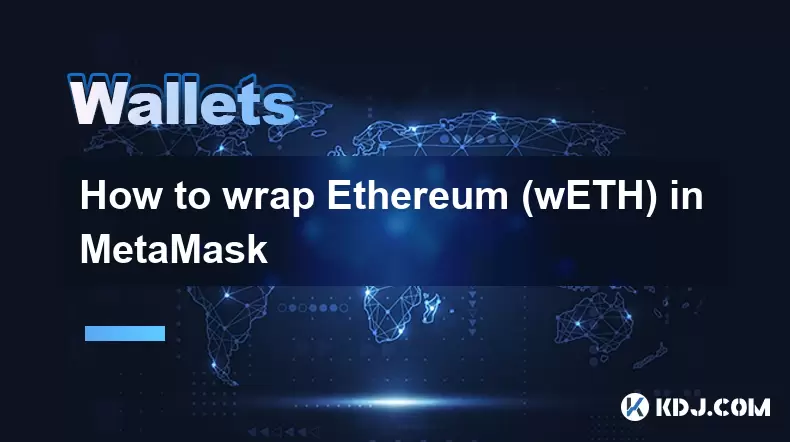
How to wrap Ethereum (wETH) in MetaMask
Aug 13,2025 at 11:36am
Understanding Wrapped Ethereum (wETH)Wrapped Ethereum (wETH) is a tokenized version of native Ethereum (ETH) that conforms to the ERC-20 standard, ena...
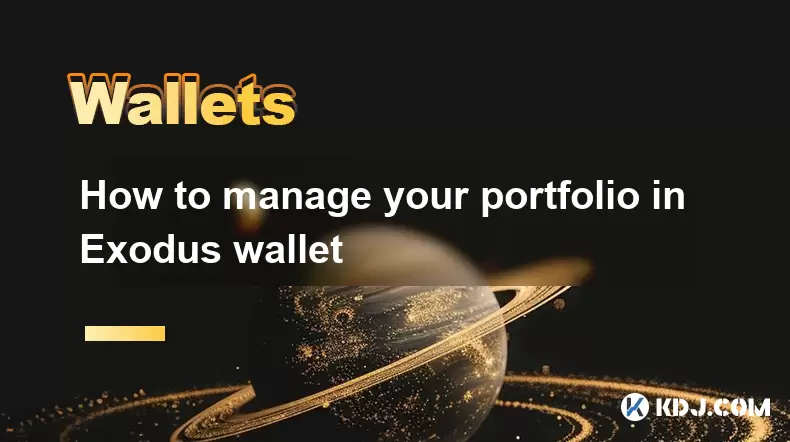
How to manage your portfolio in Exodus wallet
Aug 08,2025 at 10:07pm
Understanding the Exodus Wallet InterfaceThe Exodus wallet is a non-custodial cryptocurrency wallet that supports a wide range of digital assets. When...

How to manage your portfolio in Exodus wallet
Aug 13,2025 at 11:35am
Understanding the Exodus Wallet InterfaceThe Exodus wallet is a non-custodial cryptocurrency wallet that supports a wide range of digital assets. Upon...
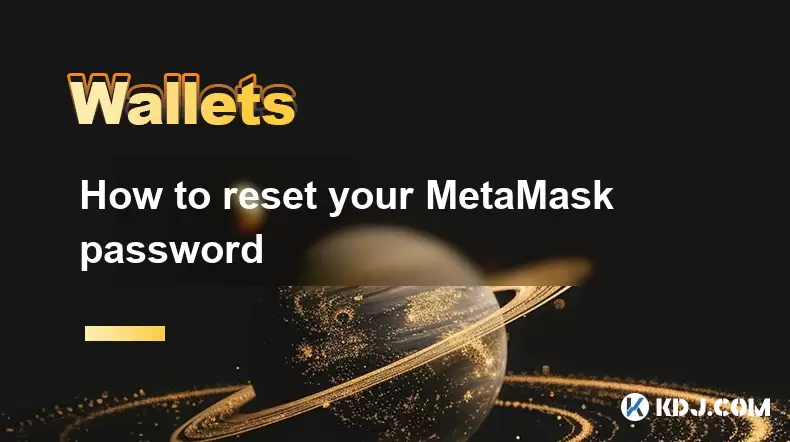
How to reset your MetaMask password
Aug 08,2025 at 01:28pm
Understanding the MetaMask Password Reset ProcessMany users confuse the MetaMask password with the seed phrase or private key, but they serve differen...
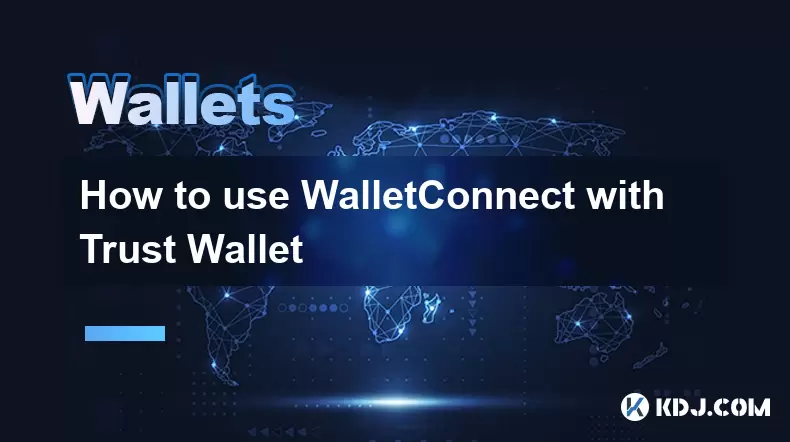
How to use WalletConnect with Trust Wallet
Aug 13,2025 at 01:07am
What Is WalletConnect and Why It Matters for Trust Wallet UsersWalletConnect is an open-source protocol that enables secure communication between dece...
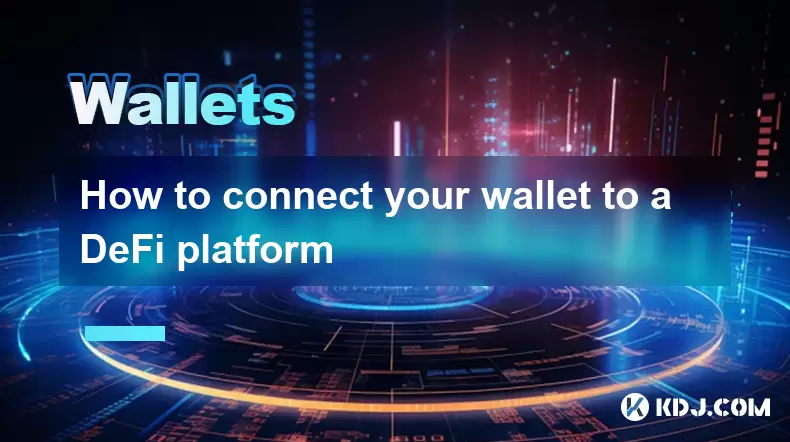
How to connect your wallet to a DeFi platform
Aug 13,2025 at 11:36am
Understanding Wallet Compatibility with DeFi PlatformsBefore connecting your wallet to any DeFi platform, it's essential to ensure your wallet is comp...

How to wrap Ethereum (wETH) in MetaMask
Aug 13,2025 at 11:36am
Understanding Wrapped Ethereum (wETH)Wrapped Ethereum (wETH) is a tokenized version of native Ethereum (ETH) that conforms to the ERC-20 standard, ena...

How to manage your portfolio in Exodus wallet
Aug 08,2025 at 10:07pm
Understanding the Exodus Wallet InterfaceThe Exodus wallet is a non-custodial cryptocurrency wallet that supports a wide range of digital assets. When...

How to manage your portfolio in Exodus wallet
Aug 13,2025 at 11:35am
Understanding the Exodus Wallet InterfaceThe Exodus wallet is a non-custodial cryptocurrency wallet that supports a wide range of digital assets. Upon...

How to reset your MetaMask password
Aug 08,2025 at 01:28pm
Understanding the MetaMask Password Reset ProcessMany users confuse the MetaMask password with the seed phrase or private key, but they serve differen...

How to use WalletConnect with Trust Wallet
Aug 13,2025 at 01:07am
What Is WalletConnect and Why It Matters for Trust Wallet UsersWalletConnect is an open-source protocol that enables secure communication between dece...

How to connect your wallet to a DeFi platform
Aug 13,2025 at 11:36am
Understanding Wallet Compatibility with DeFi PlatformsBefore connecting your wallet to any DeFi platform, it's essential to ensure your wallet is comp...
See all articles

























































































